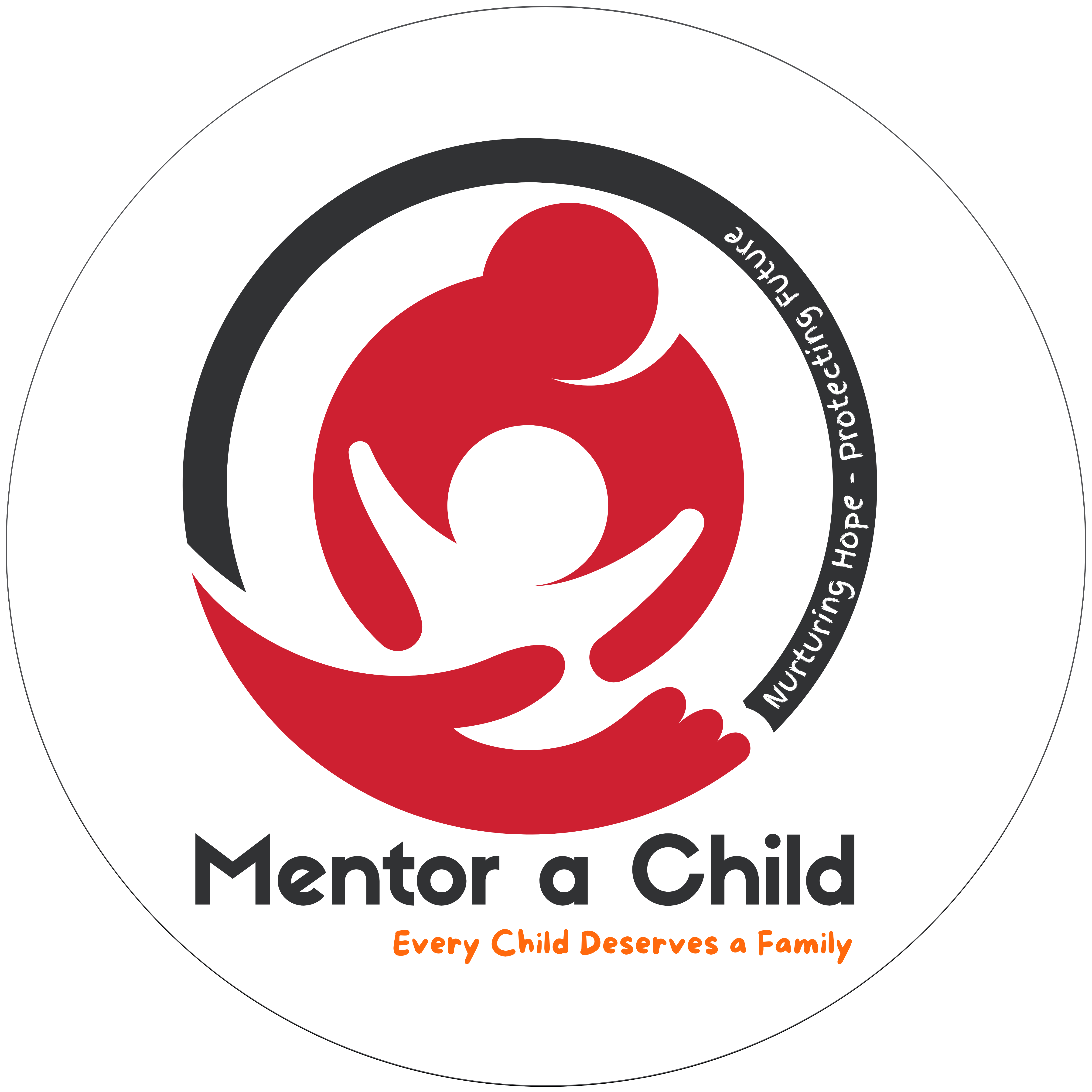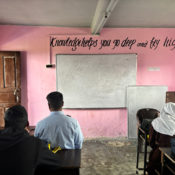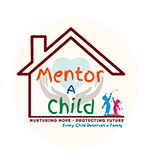
Nyla Ahad
Background
Nayla Ahad (Name Changed), an 11-year-old girl from a village in Shopian district, faced a series of challenges following the untimely demise of her father. His death, when Nayla was just five, left the family in severe financial distress. Her mother, a non-local from Azadpora, Pakistan-occupied Kashmir, struggled with health issues and household responsibilities, pushing the family further into destitution.
Identifying Vulnerability
Alamgunj Child Protection Group (CPG) and the Human Welfare Voluntary Organization (HWVO) identified Nayla’s family as vulnerable after conducting an intensive assessment of vulnerability under the project ‘Building Community-Based Care Mechanism for Children in Need of Care and Protection in Kashmir, Jammu and Kashmir’ sponsored by UNICEF. Nayla suffered depression, and two elder sisters are emotionally challenged also. Even then, some sort of rationing support came occasionally from the community, and their financial troubles had not come to an end yet.
Intervention and Case Management
Perceiving the demand for focused intervention, HWVO undertook Case Management Approach directed toward both the individual and the family of Nayla. Important strategies encompassed:
Financial Assistance
CPG Alamgunj started regular contribution of Rs 1000 with each month amounting to assist her elder sister, Asiya.
Educational Sponsorship
Nayla’s documents were submitted to Mission Vatsalya for sponsorship and registration under the ‘Beti Bachao Beti Padhao’ scheme. She bagged a scholarship of Rs 4000/month and a grant of Rs 15,000 for the year 2023.
More Support
Nayla received an initial four-month grant of Rs 7600 from ‘Orphans in Need’. Her two brothers were also connected with ‘Orphans in Need’ with which they receive Rs 1900/month each.
Outcomes
The financial assistance greatly relieved the family’s financial burden. It ensured that all siblings could continue their education without interruptions while supporting their basic needs. The key achievements included:
Four members of the family, Nayla, her two sisters, and two brothers, were continuously sponsored by multiple agencies.
Emotional well-being and stability in the household improved.
Educational progress was sustained through regular follow-ups by the HWVO team.
Conclusion
Nayla and her family were transformed as a result of collaborative efforts by HWVO, CPG Alamgunj, UNICEF, and institutional donors. This is an example where case management, community-based care, financial support, and stability can help uplift vulnerable families, providing them with hope and a more prosperous future.


